Daily life is becoming more seamless and connected as smart technology becomes an essential part of modern living.
From controlling lights with voice commands to managing energy use from a phone, homes are no longer static spaces. These innovations are reshaping comfort, safety, and efficiency in ways that were unthinkable just a decade ago.
As smart devices continue to evolve, homeowners are embracing a new level of interaction with their living environments.
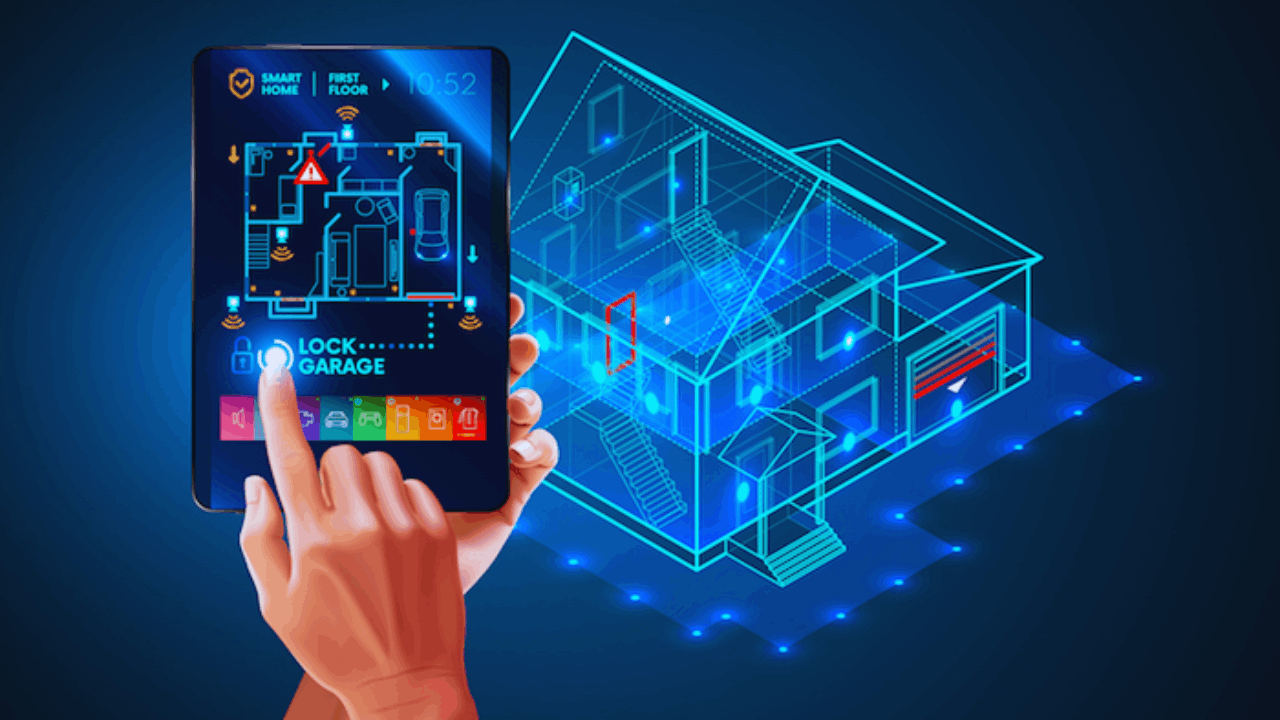
Creating Intuitive and Personalized Living Spaces
Smart homes are designed to adjust to your needs without constant manual input. These systems learn your habits and respond with customized solutions that enhance comfort and productivity.
By integrating sensors and automation, the environment becomes more responsive. This results in a home that adapts to you instead of the other way around.
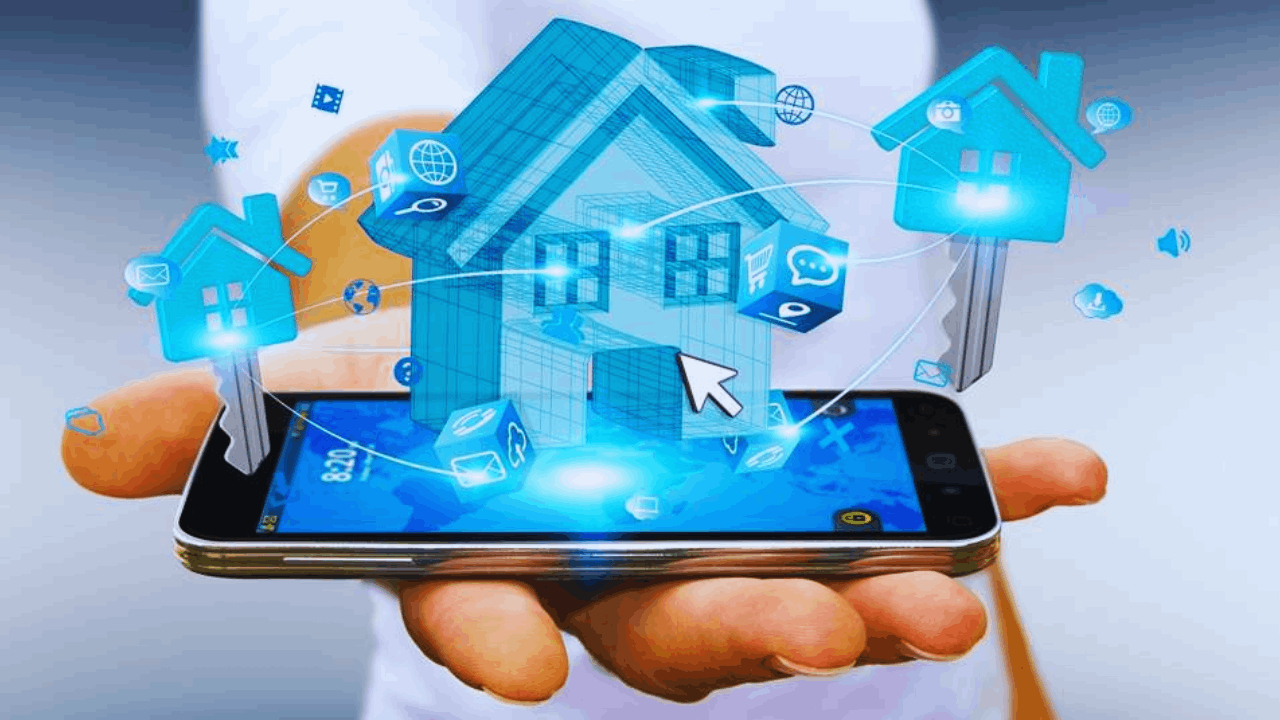
Voice Assistants Enable Effortless Control
Voice-enabled devices have redefined how we manage daily tasks around the house. You can now ask for weather updates, play music, adjust lighting, or check your calendar without lifting a finger.
These assistants recognize patterns over time and offer suggestions based on your behavior. They serve as centralized hubs for other connected devices, enhancing overall efficiency.
Automated Lighting Enhances Comfort and Mood
Lighting systems that respond to your preferences create more relaxing and functional spaces. With customizable brightness and color settings, lighting can support focus during work or create calm during rest.
Motion sensors can also ensure lights are used only when needed. This not only enhances ambiance but also reduces unnecessary energy use.
Smart Thermostats Maintain Ideal Temperatures
Temperature control has become more intelligent with the introduction of smart thermostats. These devices track your habits and adjust heating or cooling to match your daily schedule.
Remote access through mobile apps allows temperature adjustments from anywhere. As a result, indoor climate becomes more consistent and comfortable.
Improving Safety Through Connected Security Systems
Smart technology has expanded the ways we protect our homes.
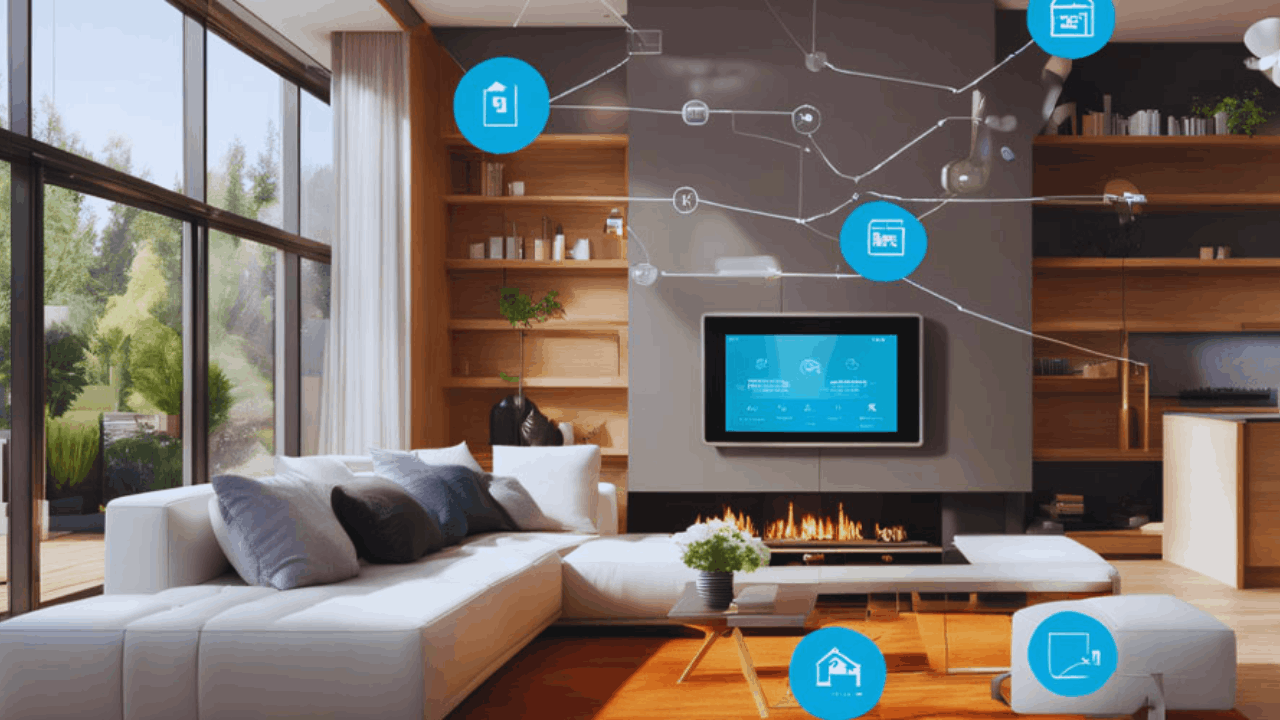
From doorbell cameras to motion detectors, every corner of the house can now be monitored in real time.
These systems provide peace of mind and allow immediate action when unusual activity is detected. Safety is no longer limited to physical locks or basic alarms.
Video Doorbells Offer Real-Time Surveillance
Modern doorbell systems let you see, hear, and speak to visitors from your smartphone.
Whether you’re at home or away, you can respond to deliveries or unexpected guests with ease.
Recordings are stored for future review, adding a layer of protection. These features increase awareness and deter potential intrusions.
Smart Locks Provide Flexible Entry Control
You no longer need physical keys to access your home. Smart locks allow entry through PIN codes, fingerprints, or mobile apps.
Temporary access can be granted to guests, service providers, or family members with just a few taps. This flexibility adds convenience and improves control over who enters your space.
Indoor Cameras Expand Security Coverage
Indoor security systems now come with motion detection, cloud storage, and privacy modes.
You can check on pets, monitor rooms, or receive alerts for unusual activity from your phone.
These systems are customizable and integrate easily with other smart platforms. Homeowners gain more visibility without compromising comfort.
Boosting Energy Efficiency and Sustainability
One of the major advantages of smart homes is the reduction of energy waste.
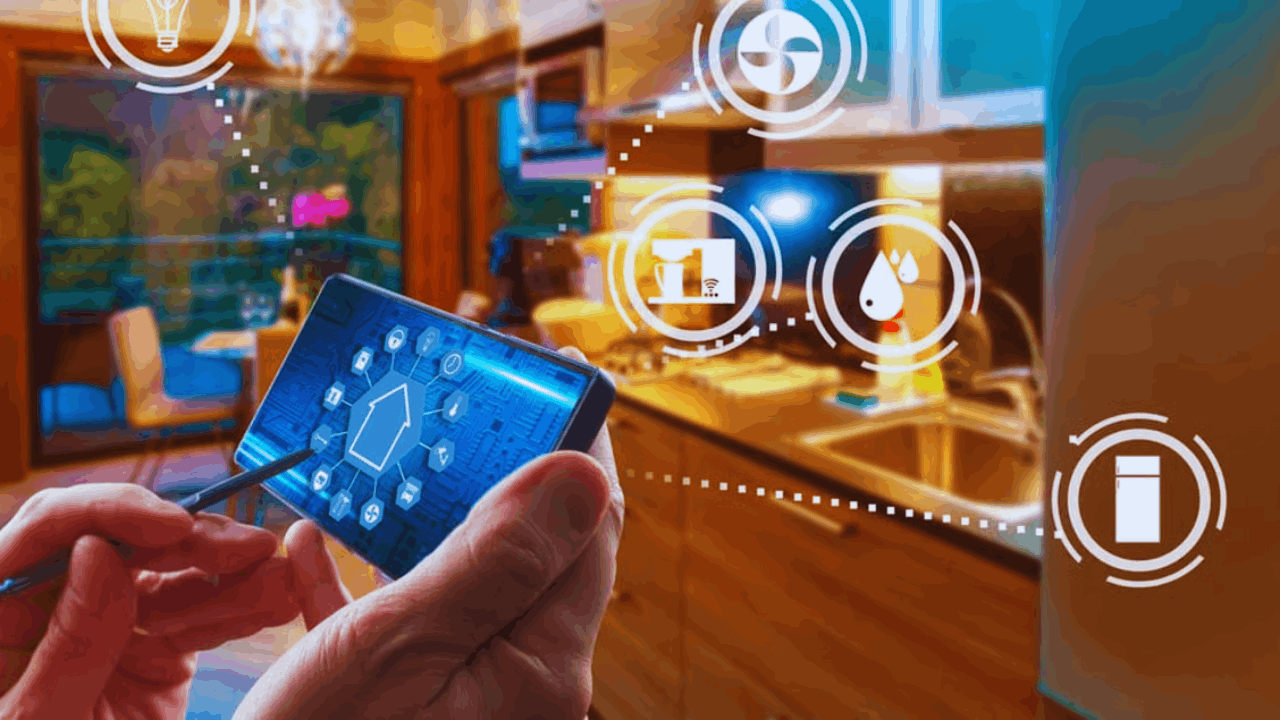
Intelligent systems track consumption and offer insights that lead to more mindful usage.
By automating routine tasks, users can maintain comfort while using fewer resources. This shift supports both savings and environmental responsibility.
Energy Monitors Track Consumption in Real Time
Smart energy monitors break down electricity usage by device or room. This data reveals which appliances consume the most power and when usage spikes.
With this knowledge, you can change habits or upgrade outdated systems. Awareness helps reduce waste and lower utility bills.
Automated Blinds Optimize Daylight Use
Window coverings that adjust with the sun provide better indoor lighting while reducing HVAC load.
When blinds open and close automatically based on time or temperature, rooms stay cooler without added energy use.
These systems also protect furniture from sun damage. The result is a more efficient and pleasant home environment.
Smart Appliances Operate With Less Waste
Kitchen and laundry devices now come with energy-saving modes and remote controls. Smart fridges alert you to expired items, while ovens can preheat on your way home.
Washers and dryers optimize cycles based on load size. These improvements lead to better resource management across the home.
Enhancing Health and Well-being at Home
Smart technology is not just about automation and control. It also supports personal health by creating spaces that respond to physical and emotional needs.
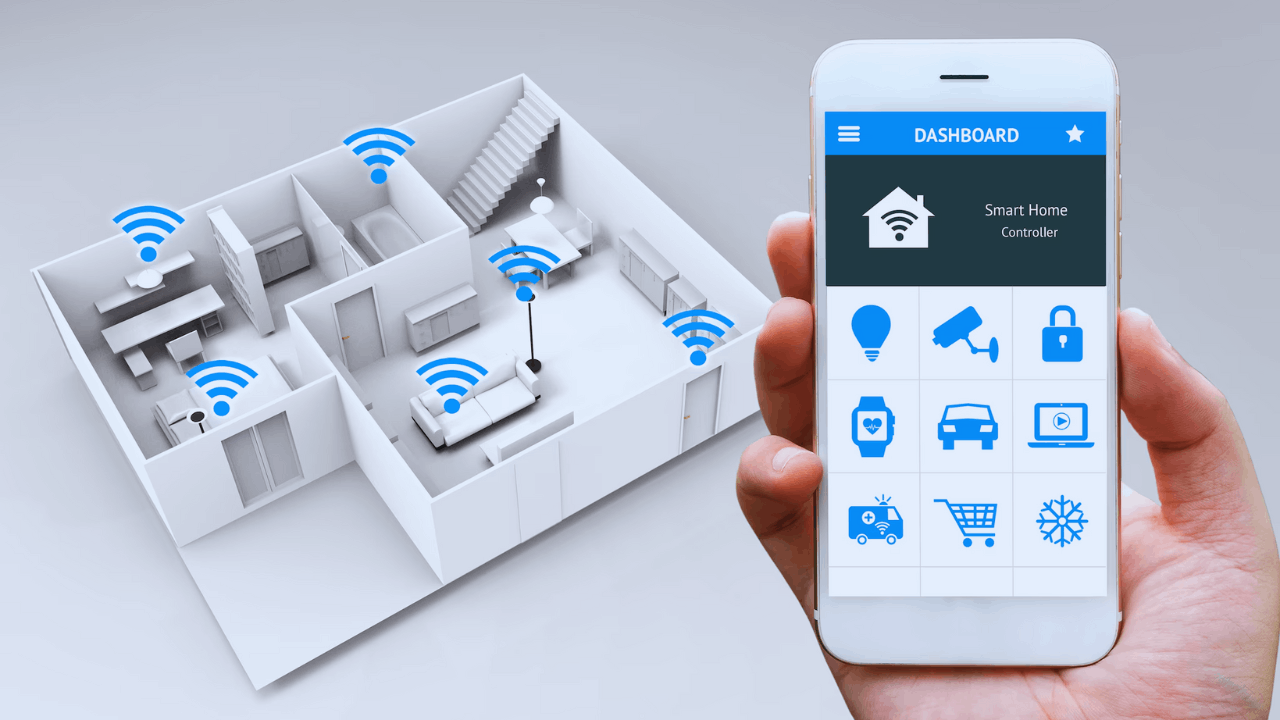
From air quality monitors to sleep trackers, your home can now play a significant role in enhancing your overall well-being. These features encourage healthier routines and environments.
Air Quality Monitors Promote Better Breathing
Indoor air sensors detect pollutants, allergens, and humidity levels. When connected to air purifiers or HVAC systems, they trigger automatic adjustments to improve conditions.
This reduces respiratory irritants and enhances overall comfort. Clean air becomes part of your home’s daily rhythm.
Sleep Tech Improves Rest Through Data
Smart beds and sleep monitors track movement, heart rate, and breathing throughout the night. These devices provide reports that help users understand sleep patterns and disruptions.
Some systems adjust firmness or temperature to enhance comfort. Better sleep leads to improved mood, energy, and productivity.
Circadian Lighting Supports Natural Rhythms
Lighting that mimics natural daylight helps regulate your internal clock. Brighter lights in the morning and warmer tones in the evening support alertness and relaxation.
These subtle changes reduce strain and improve your daily flow. The result is a home that works in harmony with your body.
Strengthening Connectivity With Seamless Integration
Smart homes rely on strong and stable communication between devices. Integration ensures that each system works together to create a smooth experience.
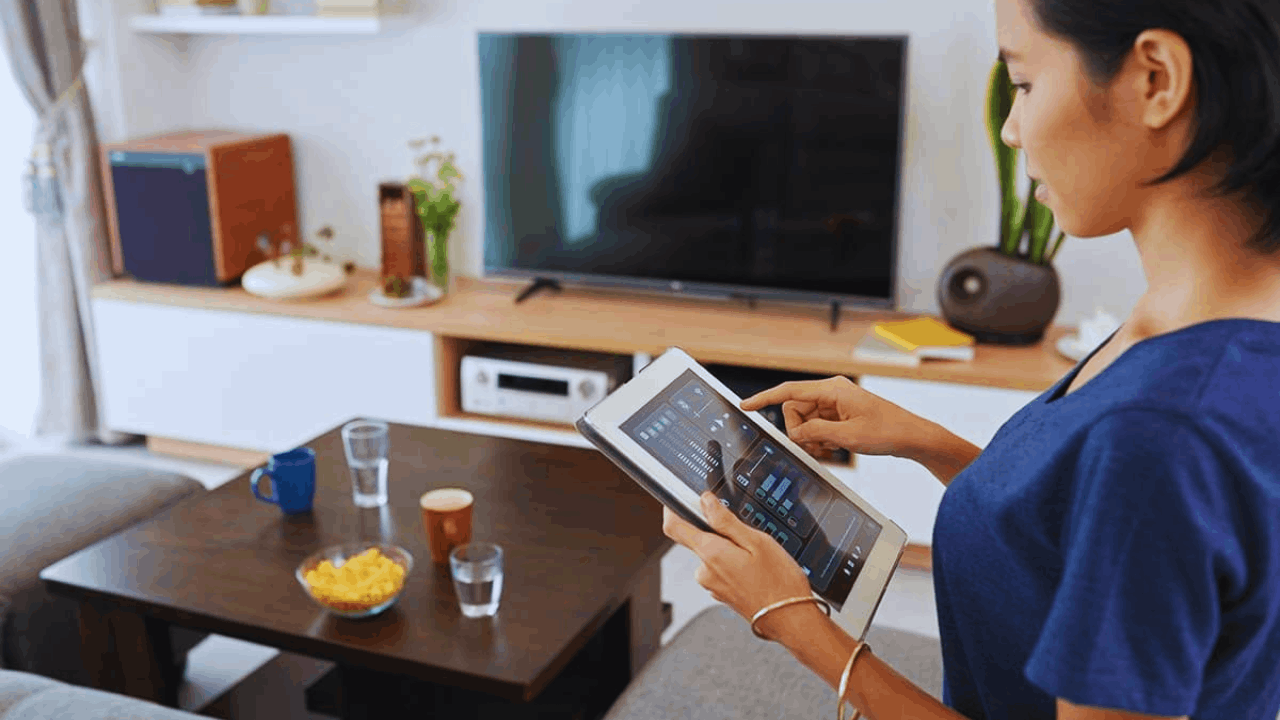
As more devices connect through shared platforms, home management becomes more intuitive. This digital harmony enhances usability and responsiveness.
Unified Apps Simplify Device Control
Managing multiple systems can be overwhelming without a central dashboard. Unified apps bring lighting, climate, security, and appliances into one interface.
This reduces the need for separate controls, allowing for coordinated actions. A single command can adjust several devices simultaneously.
Wi-Fi Mesh Networks Support Consistent Performance
Reliable internet is crucial for the smooth operation of smart homes. Mesh systems extend coverage across all areas of a house, eliminating dead zones.
This ensures that each device receives a strong and stable signal. Improved connectivity means fewer interruptions and smoother automation.
Voice and Gesture Controls Add Convenience
Some smart systems now support gesture recognition and voice input. These features allow users to manage their homes hands-free or with simple movements.
Accessibility increases for all ages and abilities. Convenience becomes an everyday experience rather than a luxury.
Conclusion
The integration of smart technology is no longer just a trend—it is shaping how we live, rest, and interact within our homes. By combining automation, data, and customization, these innovations provide greater comfort, efficiency, and security.
As technology continues to advance, our homes will only become more intelligent, connected, and aligned with the way we want to live.



